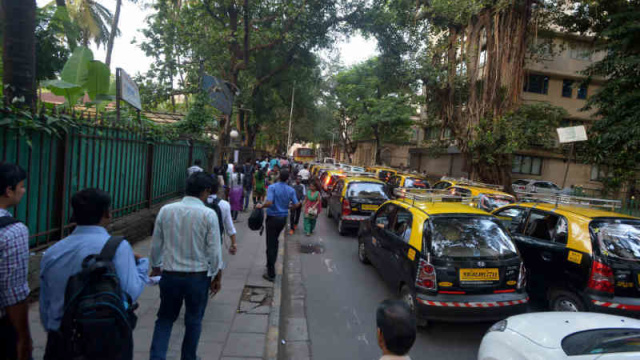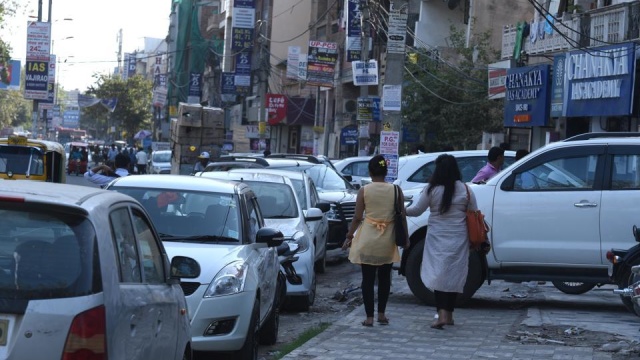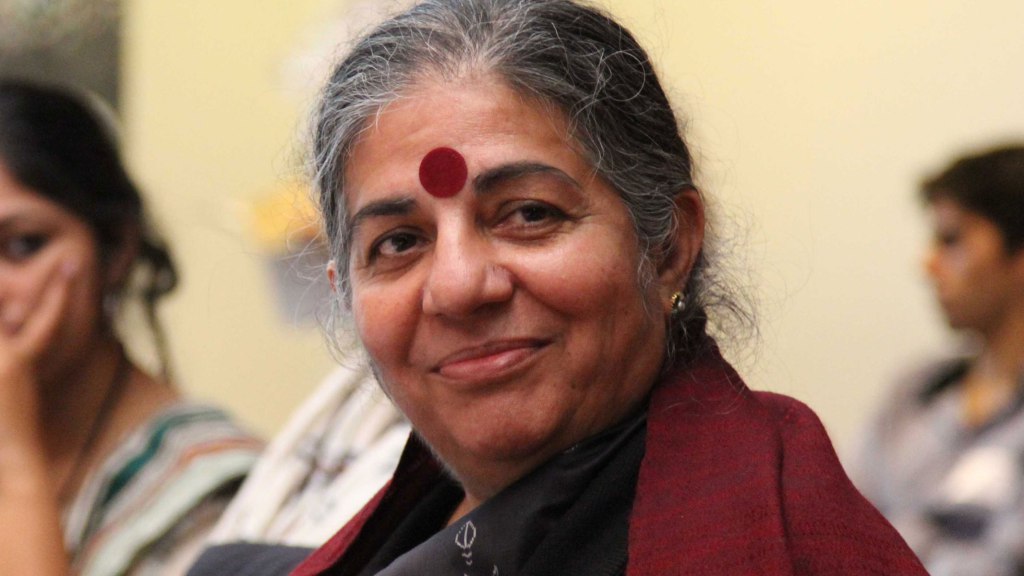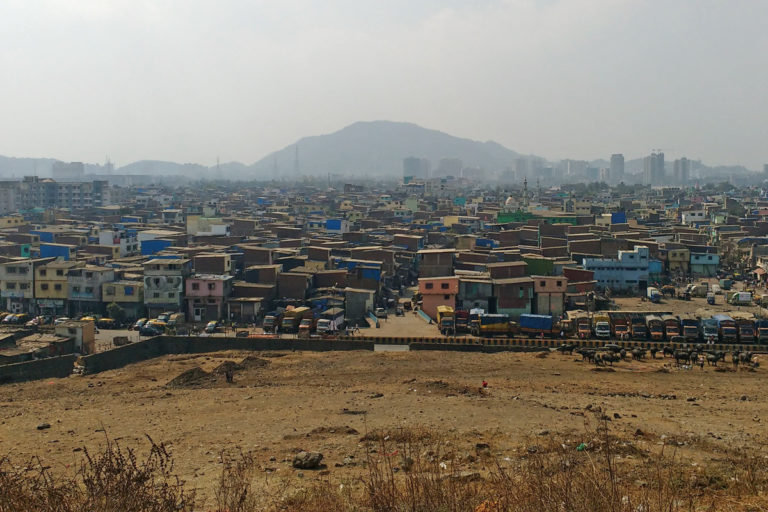MATTER OF CONCERN
Pedestrians are an unwelcome lot in the busy, vehicle-dominated landscape of the urban cities. But when the urban loses all sense of the importance of a contemplative walk, when the honking of cars dominate the soft sounds of falling footsteps- we surely cannot be far from disastrous implications for both nature and humanity.
Meenakshi Kumar is an Architect – based in New Delhi.
What happens to a city when it forgets to take into consideration the needs of its pedestrians? When it fails to empathise with those who have still not fallen prey to the seductress called the car market or listen to the deepest quests of those who cannot afford to spend on a car or pause a moment to reflect on the lives of those who cherish their walk despite the many coercive forces that operate against this simple act? When the pedestrian fades away from the consciousness of a city, there is something to be deeply worried about. It is surprising that when we think about the act of walking, we tend to increasingly associate it with a form of exercise to either keep up with physical fitness resolutions or to shed ounces of weight- seldom do we conceptualise walking as an act of meditativeness, as an act of inner voyage, a moment of reflexivity and relaxation?

When we tend to associate the act of walking with mere exercise then the most that we can do is to designate specialised places for it within the city’s landscape and expect that anybody who wishes to engage in it must do it then and there only. Just like to watch a film on an extremely large screen one must visit the theatres, to get an appendix operation one must go to the hospital, to educate a child she must be enrolled into a school, to buy vegetables and grocery one must visit a market and similarly to perform the act of ‘walking’ one must visit the designated space called the field or park.
What this means is that no other space, whether it is the road or the marketplace is seen as adequate for walking and when one does so one is perpetually under the threat of being hit by a speeding vehicle, falling inside a manhole or facing any under uninvited consequence. When one walks on a road in a metropolitan city like Delhi or Bombay, it is not difficult to realise how unwanted or unsuitable one is. In the chaos of honking cars, speeding vehicles and highways where speed is the trend, pedestrians are seen with utmost disgust and wonder. With the excessive growth of cars and lack of parking spaces, every space that was earlier designated to the pedestrian is it the footpath or the public gardens have all been taken away by cars.

Everybody who has lived in the urban cities of this country knows that even during red lights it is difficult to cross the road, because most of the zebra crossings have been occupied by cars! Why can’t the city consider its pedestrians an integral part of its vitality, its life process? Why do cars, vehicles only have to be natural and seen as intrinsic to the dynamics of the city, is walking so unnatural or so offensive an act? Perhaps this discrimination, this unwanted feeling for the pedestrian speaks so much about the changed preferences of the city where only the rich matter, where cars and speed define the tone and where slow and relaxed walks, a ride on the bicycle are things of the medieval era to be loathed and ridiculed. Have we not seen dogs climb up to car tops and sit there watching the world go by, or monkeys plundering residential colonies in search of food, of birds becoming extinct and animals roaming thirsty and hungry on the dusty roads of the city’s landscape? What are all these the implications of?
We are displacing animals, birds and a section of human beings from their natural habitats, our cities are exclusivity and not inclusive spaces – we are building our cities on the ruins of a natural, egalitarian space called the community. The trajectory of the foot-traveler or the pedestrian is only an implication of the greater crisis, but it is important that we understand that in a city where the pedestrian is unwelcome there can never be the fragrance of justice and egalitarianism. Cities of this kind are bound to be exclusivist hubs for a select few.
If our development does not allow us to enjoy a peaceful and contemplative walk through the woods, if our birds and animals die hungry in cities of affluence, if the gigantic wheels of vehicles become hegemonic over the soft footsteps – we surely cannot be far away from doom. Maybe, we still have the time to fix this crisis.
The New Leam has no external source of funding. For retaining its uniqueness, its high quality, its distinctive philosophy we wish to reduce the degree of dependence on corporate funding. We believe that if individuals like you come forward and SUPPORT THIS ENDEAVOR can make the magazine self-reliant in a very innovative way.














